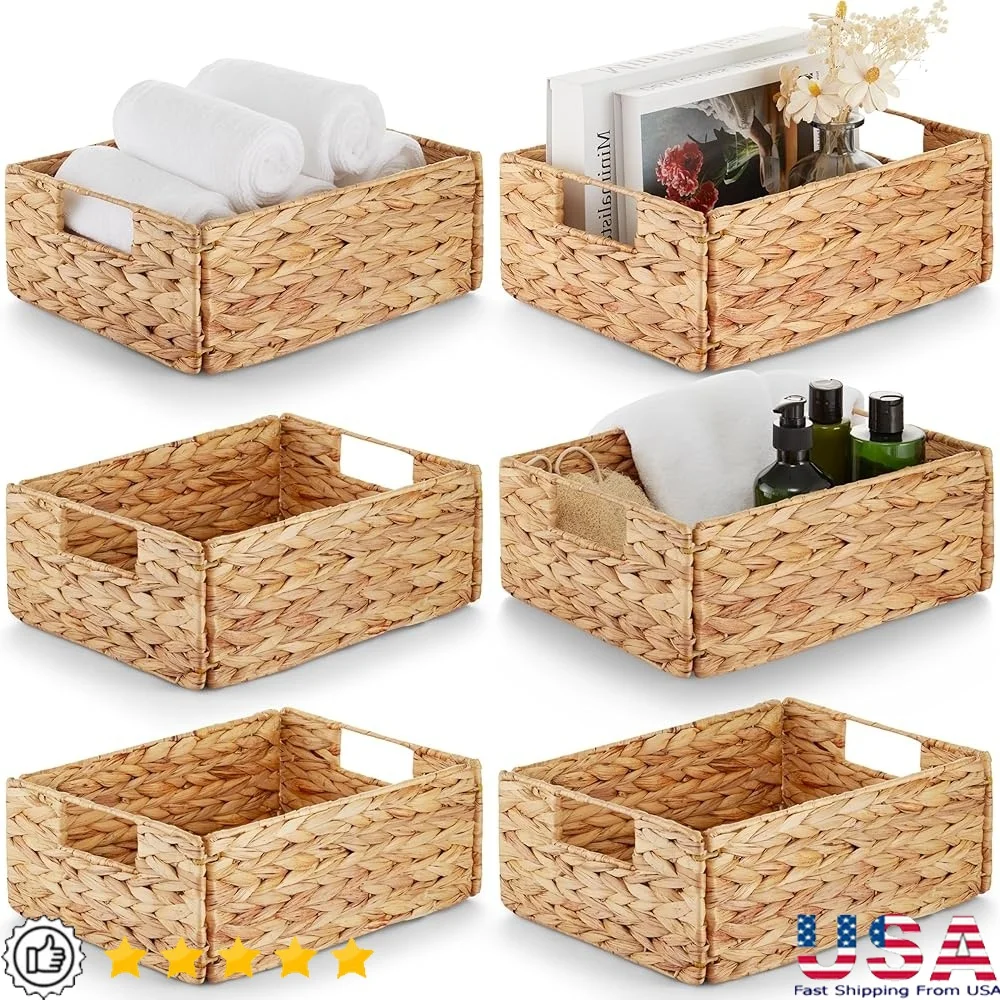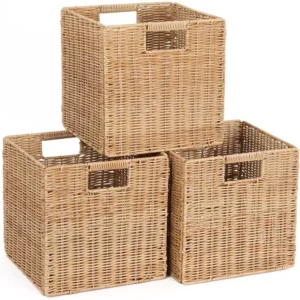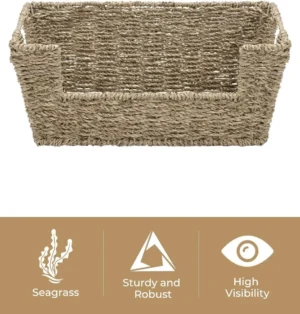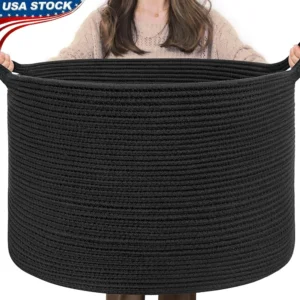Understanding Basket Weaving Tools: The Foundation for Success
The right tools can transform basket weaving from a frustrating experience into a rewarding craft. With proper equipment, weavers create tighter, more uniform baskets while experiencing less hand fatigue and achieving better results. The difference is immediately noticeable in the finished product – both visually and structurally.
Basket weaving tools have evolved remarkably over centuries. Ancient weavers used simple bone awls and stone implements, while today’s artisans have access to specialized tools designed for specific weaving techniques and materials. Despite technological advances, many traditional tools remain largely unchanged because their simple designs have proven so effective.
Why invest in quality tools? Three key reasons:
– Precision: Quality tools allow for more accurate cuts, tighter weaves, and cleaner finishes
– Durability: Well-crafted tools withstand the rigors of working with tough weaving materials
– Comfort: Ergonomic tools reduce hand strain during long weaving sessions
The relationship between your tools and basket quality is direct – even experienced weavers struggle to create excellent work with inadequate equipment. Many people who practice organizing laundry with wicker baskets also enjoy making their own baskets, finding that understanding the craftsmanship enhances their appreciation for well-made storage solutions.
In this guide, we’ll explore essential tools for every skill level, from absolute beginners to advanced weavers. Let’s begin by examining the foundational tools every basket weaver needs to get started.
Essential Basket Weaving Tools for Beginners
When first exploring basket weaving, it’s best to start with versatile tools that serve multiple purposes. This approach allows beginners to learn fundamental techniques without overwhelming investment. The good news is that many essential basket weaving tools are affordable and readily available.
For those just starting, focus on acquiring tools that help with the three main stages of basket creation: cutting materials, preparing materials, and the actual weaving process. Quality entry-level tools typically range from $5-15 per item, with complete beginner sets available for $30-60.
Even inexpensive tools can last for years if properly maintained. Look for solid construction, comfortable grips, and materials appropriate for the type of weaving you plan to do. The tools discussed below form the foundation of any basket weaver’s toolkit.
Cutting Tools: The First Essential
Sharp, reliable cutting tools are the cornerstone of basket weaving. These tools allow you to prepare materials precisely and make clean cuts during the weaving process.
Key cutting tools for beginners include:
– Basket shears: Specialized scissors with short, sturdy blades that cut cleanly through reeds and other materials
– Garden pruning shears: Excellent for cutting thicker materials like willow or heavy reed
– Craft knives: For precise trimming and detail work
When selecting cutting tools, look for sharp blades that make clean cuts without crushing material. Comfortable handles are also important, as you’ll use these tools frequently during each project. Many beginner guide basket weaving resources emphasize that dull tools create frayed edges that weaken basket structure and create an untidy appearance.
For maintenance, clean blades after each use and store them in a dry place. If your cuts begin requiring more force or leave frayed edges, it’s time to sharpen or replace your cutting tools.
Weaving and Shaping Tools
Once materials are cut, weaving tools help manipulate them into the desired basket structure. These tools allow you to create tight, uniform weaves and manage materials during construction.
Essential weaving tools include:
– Awls: These pointed tools create spaces between weavers for inserting new materials. A basic flat awl is versatile enough for most beginner projects
– Packing tools: Often wooden or bone implements used to push weavers tightly together, creating a dense, sturdy basket structure
– Needle-nose pliers: Perfect for gripping and pulling materials through tight spaces
– Bone folders: Smooth, polished tools that help crease and flatten materials without damage
These tools directly impact weave tightness and overall basket appearance. For instance, proper use of a packing tool creates uniform spacing between weavers, resulting in a more professional-looking basket. Without these basic implements, achieving tight, consistent weaving becomes significantly more challenging.
Material Preparation Tools
Proper preparation of weaving materials is crucial for successful basket creation. Most natural materials require soaking and manipulation before weaving.
Important material preparation tools include:
– Soaking containers: Large, shallow containers for soaking reeds and other materials until pliable
– Measuring tools: Rulers and measuring tapes ensure consistent material dimensions
– Spray bottles: For maintaining material moisture during the weaving process
– Surface protection: Waterproof mats or towels to protect your work surface
These preparation tools are especially important when following structured DIY wicker basket weaving tutorials that require precise measurements and properly conditioned materials. Fortunately, many household items can serve these purposes effectively. A plastic storage bin makes an excellent soaking container, while kitchen spray bottles work perfectly for maintaining moisture.
Intermediate Tools for Advancing Your Skills
As your skills develop, you’ll likely want to tackle more complex projects with greater precision and efficiency. Intermediate tools allow for more advanced techniques and improved finishing details. Consider upgrading when you find yourself regularly pushing the limits of your beginner tools or when you notice inconsistencies in your work that better tools could address.
Intermediate tools typically cost more than beginner options, with prices ranging from $15-40 per specialized tool. However, this investment directly translates to improved results and expanded creative possibilities.

Form and Shape Enhancement Tools
As basket designs become more complex, tools that help maintain consistent shapes become essential.
Key form and shape tools include:
– D-shaped forms: Wooden forms that create consistent basket shapes
– Wooden mandrels: Cylindrical forms for creating round baskets
– Cork blocks and weights: Used to stabilize bases during construction
– Clothespins and clips: For holding elements in place while working
These tools are particularly valuable for weavers ready to explore more intermediate basket weaving projects that require precise structural elements. The difference between free-form weaving and using proper forms is immediately apparent in the symmetry and professional appearance of the finished basket.
When selecting forms and shaping tools, consider the types of baskets you most enjoy creating. Round basket specialists might invest heavily in mandrels of various sizes, while those who create rectangular market baskets would prioritize D-forms or square molds.
Finishing and Detail Tools
The final appearance of your basket often depends on careful finishing work. Specialized finishing tools allow for neater edges, tighter closures, and decorative elements that elevate your work.
Important finishing tools include:
– Reed shapers and sizers: For creating uniform widths and smooth finishes
– Lashing tools and large-eye needles: For binding basket elements together
– Fine-point awls: For detailed work and small spaces
– Decorative element application tools: Specialized tools for adding embellishments
These tools make a significant difference in the professional appearance of your finished baskets. The difference is particularly noticeable in rim finishing, where proper tools create tight, uniform binding that enhances both aesthetics and durability.
Specialized Tools for Different Basket Weaving Styles
Different basket weaving traditions have developed specialized tools optimized for their particular materials and techniques. As you explore various styles, you may want to invest in tools specific to your preferred approach.
Each basket weaving style requires its own specialized toolkit, as shown in this comparison:
| Weaving Style | Key Specialized Tools | Unique Requirements |
|---|---|---|
| Reed/Cane Basketry | Reed cutters, sizing tools | Tools must handle rigid materials without splitting |
| Willow Basketry | Bodkins, rapping irons, cleaves | Requires tools for working with fresh, green materials |
| Coiled Basketry | Coiling needles, thread waxers | Needs fine tools for binding and stitching |
| Pine Needle Basketry | Fine gauge needles, thread snips | Requires precision tools for delicate work |
| Wicker Work | Rapping irons, specialized shears | Tools must withstand significant force |
Understanding different basket weaving styles can help determine which specialized tools will benefit you most. Many weavers eventually develop multiple toolkits customized for different techniques and materials.
The specialized tools for each style reflect generations of refinement by artisans who discovered the most efficient ways to work with specific materials. While you can certainly begin exploring different styles with basic tools, specialized equipment becomes increasingly valuable as you progress.

Creating Your Essential Basket Weaving Tool Kit
Building a well-rounded tool collection takes time and should align with your specific interests and skill progression. Rather than purchasing everything at once, consider developing your toolkit gradually as your skills and interests evolve.
When planning your toolkit, consider these strategies:
– Start with versatile, multi-purpose tools before specialized ones
– Prioritize quality for tools you’ll use most frequently
– Create a wish list organized by priority and budget
– Invest in better-quality versions of tools you use most as skills advance
For beginners, a basic starter kit might include:
– Good quality basket shears
– Basic awl
– Packing tool
– Spray bottle
– Measuring tape
– Clothespins or clips
This foundation allows you to create many basic basket styles while learning fundamental techniques. As you progress, you can add specialized tools based on the projects you enjoy most. Exploring professionally crafted rattan baskets can provide inspiration for the types of weaving techniques you might want to pursue, helping guide your tool purchases.
Where to Find Quality Basket Weaving Tools
Finding high-quality basket weaving tools sometimes requires looking beyond standard craft stores. The best sources include:
- Specialized craft suppliers: Stores focused on fiber arts or basketry often carry high-quality tools and materials
- Online basketry supply retailers: Websites dedicated to basket weaving offer the widest selection
- Craft fairs and basketry conventions: Opportunity to handle tools before purchasing and get advice from experienced weavers
- Custom toolmakers: Some artisans create handcrafted tools optimized for specific techniques
When evaluating tool quality, consider:
– Material construction (hardened steel for cutting tools, smooth hardwood for packing tools)
– Comfort and ergonomics
– Reviews from experienced weavers
– Warranty or return policies
While examining beautiful wicker baskets can inspire your own creations, studying the construction techniques can also help you understand which tools you’ll need to achieve similar results. Professional baskets showcase the precision possible with proper tools and technique.
Black Wicker Baskets, Rattan Storage Baskets, Tall Wicker Baskets, Wicker Shelf Baskets, Woven Storage Baskets
5-Tier Distressed Black Wood Frame Storage Tower with Removable Wicker Baskets for Home Organization$715.80 Select options This product has multiple variants. The options may be chosen on the product pageWicker Laundry Baskets, Woven Laundry Baskets, Woven Storage Baskets
$392.02 Select options This product has multiple variants. The options may be chosen on the product pageRattan Shelf Baskets, Rattan Storage Baskets, Small Wicker Baskets, Square Wicker Baskets
Square Plastic Wicker Storage Baskets Set of 3 with Collapsible Design for Cube Storage Organization$185.47 Select options This product has multiple variants. The options may be chosen on the product pageWicker Baskets with Handles, Wicker Storage Baskets, Woven Storage Baskets
$137.92 Select options This product has multiple variants. The options may be chosen on the product pageLarge Wicker Laundry Baskets, Tall Wicker Baskets, Woven Laundry Hampers, Woven Storage Baskets
$130.54 Select options This product has multiple variants. The options may be chosen on the product pageWicker Blanket Baskets, Woven Laundry Baskets
$89.60 Select options This product has multiple variants. The options may be chosen on the product page
Tool Care and Maintenance for Longevity
With proper care, quality basket weaving tools can last for decades. Establishing a maintenance routine protects your investment and ensures consistent results in your weaving projects.
Essential tool care practices include:
– Cleaning after use: Remove resin, moisture, and debris from all tools
– Proper storage: Store tools in a dry environment to prevent rust or warping
– Regular sharpening: Maintain cutting edges for clean, effortless cuts
– Handle conditioning: Apply oil to wooden handles to prevent drying and cracking
Warning signs that tools need attention include:
– Rough cuts or frayed edges when using cutting tools
– Rust spots on metal components
– Cracks in wooden handles
– Excessive resistance when using awls or other insertion tools
Many of the same principles used when learning how to care for wicker baskets also apply to tool maintenance – both require attention to moisture control and careful cleaning to maintain integrity.
Setting Up Your Basket Weaving Workspace
A well-organized workspace enhances both creativity and efficiency. Even a small dedicated area with proper organization can significantly improve your basket weaving experience.
Key considerations for your workspace include:
– Adequate lighting: Natural light is ideal, supplemented with task lighting
– Comfortable seating: Proper height and support to prevent back strain during long sessions
– Water-resistant work surface: Protection from inevitable spills and moisture
– Tool organization: Keeps frequently used tools within easy reach
– Material storage: Systems for organizing different materials by type and size
For those with limited space, a folding table with nearby shelving can create a temporary workspace that stores away when not in use. The most important factor is having a dedicated area where projects can remain undisturbed between sessions.
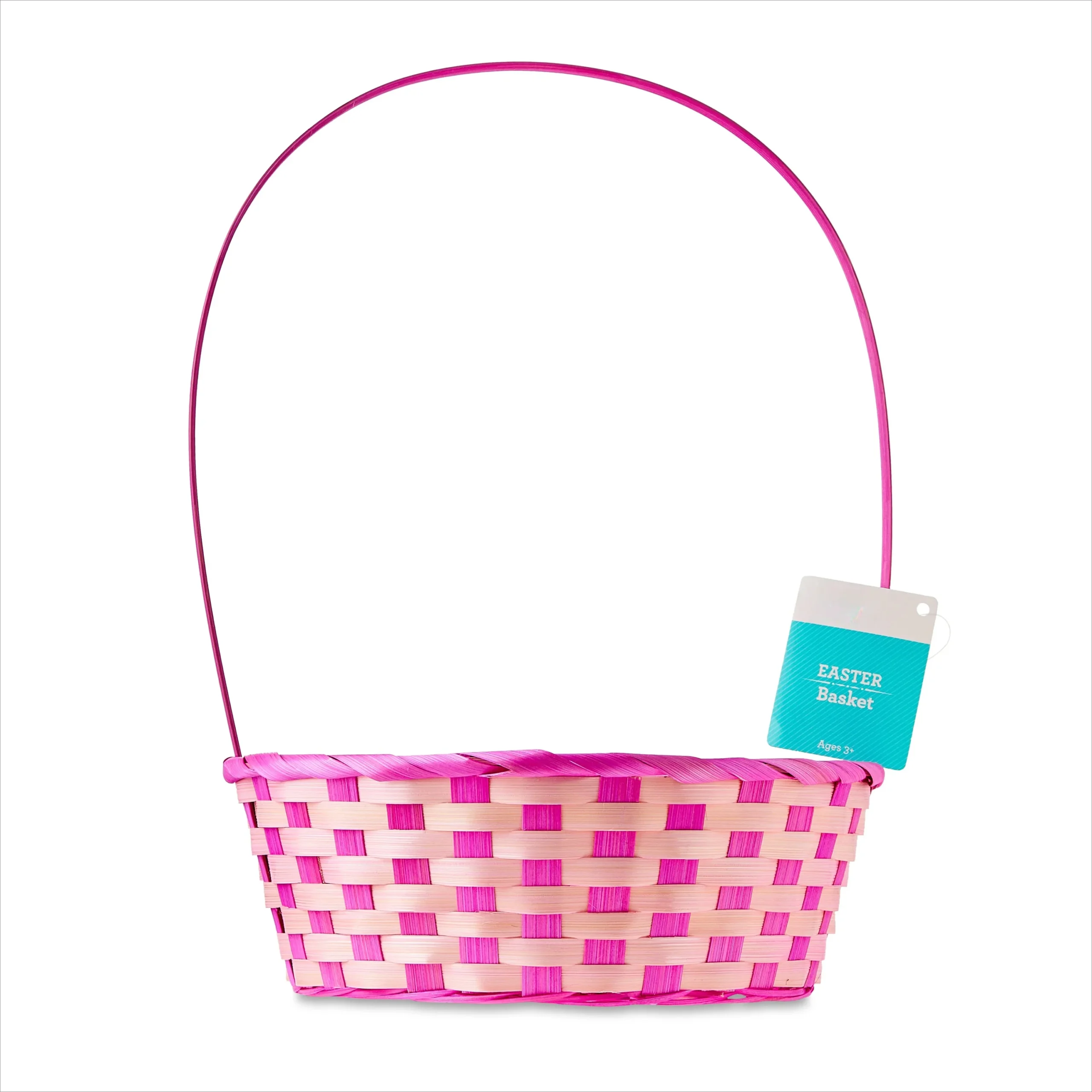
FAQs About Basket Weaving Tools
Can I start basket weaving with just household items?
Yes, you can begin with common household items like scissors, clothespins, measuring tape, and a spray bottle. While specialized tools improve results, many beginners create their first baskets using improvised tools. As your skills develop, gradually invest in proper tools for better results.
What’s the minimum investment needed for basic tools?
A starter kit with essential tools (quality shears, basic awl, packing tool, and spray bottle) typically costs $30-60. Individual quality tools range from $5-15 each for beginner items. This modest investment allows you to create many basic basket styles.
How do I know when it’s time to upgrade my tools?
Consider upgrading when you notice consistent limitations with current tools, such as difficulty achieving tight weaves, challenges creating clean cuts, or inability to execute techniques in patterns you’re following. Tool upgrades should align with skill development.
Are vintage basket weaving tools worth purchasing?
Vintage tools can be excellent additions to your toolkit, as older tools were often handcrafted from quality materials. Look for tools with solid construction, minimal rust, and intact handles. Vintage specialty baskets can also provide inspiration for techniques that might require specific historical tools.
From Tools to Treasures: Next Steps in Your Basket Weaving Journey
The tools you select and master directly influence your development as a basket weaver. While it’s perfectly fine to begin with basic tools, having a plan for gradual upgrades ensures your equipment evolves alongside your skills. Remember that even master weavers started with simple tools – technique development is equally important to tool acquisition.
Professional basket weavers often develop personal preferences for specific tools, sometimes even having them custom-made to suit their particular weaving style. This relationship between artisan and implement develops over years of practice, with each tool becoming an extension of the weaver’s hands.
The appreciation for well-crafted baskets grows deeper when you understand the skill and proper tools required to create them. This perspective enhances the value of quality woven products, whether handmade or professionally manufactured. Many who learn basket weaving gain a new appreciation for the craftsmanship found in premium wicker picnic baskets and other woven goods.
At Tidy Treasure, we believe in the beauty of woven storage solutions and the connection between traditional craftsmanship and modern functionality. Whether you’re creating your own baskets or seeking premium storage options, understanding the tools and techniques behind basket weaving enriches the appreciation of these timeless household essentials.

